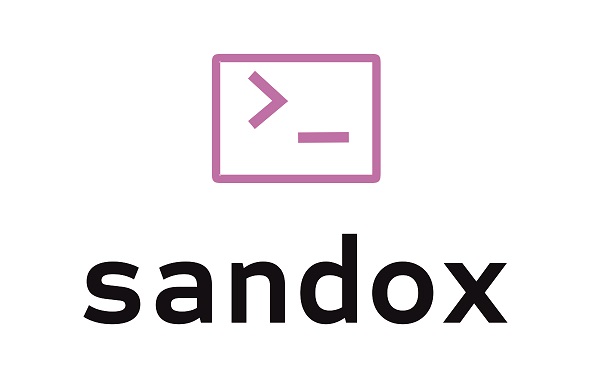SanDOx is an integrated development environment that is thought to leverage Polkadot development process by providing ecosystem developers with right and convenient components and tools.
Currently SanDOx IDE is under construction and is supposed to have a built-in base list of tool panels with an ability to add personal panels in the form of plug-ins (plug-ins support is under development now).
Supposed base list of panels:
Project – shows project structure with catalogues and files.
Console –displays results of the user’s code, “console” native object methods (log, warn, info, etc.)
Network – network choice and connection. A user could switch between Polkadot ecosystem parachains, connection code will be generated automatically.
Examples – examples library. Will include different case examples, which could be imported and run.
Find – search panel. Allows search of documents in a project and make multi autocorrect.
Personal panels – user defined and customized.
-
Rollup is used to build the application. This needs to be installed if you don't have it (https://rollupjs.org/introduction/#installation)
-
Install required project dependencies:
npm i -
Run the application
buildcommand from the project root:./cmd/build.sh
The compiled project will be in a /dist directory
You can run the application using any http server, such as http-server or nginx.
Example:
http-server dist/
Sandox allows you to develop applications in Javascript. Ide supports es6 modules, you can include them in your project using imports.
The SanDOx IDE already supports Polkadot libraries that you can import and use to interact with a blockchain.
Examples are fairly trivial, but they are intentionally kept simple to show the modules clearly. In this example, we have the following file structure:
app.js
src/
blockchain.js
app.js- the main script of the application, which is always running during the build
import {} from "./src/blockchain.js";
src/blockchain.js- for connecting Polkadot modules
import {ApiPromise, WsProvider} from '@polkadot/api';
import {cryptoWaitReady} from '@polkadot/util-crypto';
cryptoWaitReady().then(async () => {
const wsProvider = new WsProvider('wss://rpc.polkadot.io');
const api = await ApiPromise.create({ provider: wsProvider });
const chain = await api.rpc.system.chain();
console.log('You are connected to chain ' + chain);
});
In this example, app.js will include the src/blockchain.js module, which will connect to the blockchain at wss://rpc.polkadot.io and get the name of the network.
Here's short demo videos, that show current progress on the project:
The SanDOx IDE app skeleton with some basic features:
“Project” panel and compiling feature:
Themes, settings and project local storage:
For bugs reports, usability issues or any contribution proposals feel free to write us: contribute@sandox.io. We'd be happy to get your thoughts on the Sandox IDE.




